Lockdown has lifted, but we have restrictions in place which limits access to lab areas unless absolutely necessary. Jo-Maree has kindly taken over caring duties and will pop in to feed my struggling fibroid cell colonies.
The HBVPs will be put to rest for now with scaffold tests fixed in 4% PFA. We may yet be able to stain them to determine if HBVPs were growing within the structure. Since the scaffolds are optimised for tissue/bone regeneration (and hence bone and tissue cells), they don’t seem to work too well with pericytes – so far anyway.
Since Jo-Maree had a stash of left over vials, we had planned to use Calcein to determine cell viability and visualise the cell growth along the scaffold structure as the scaffolds themselves seem to be non-fluorescent.
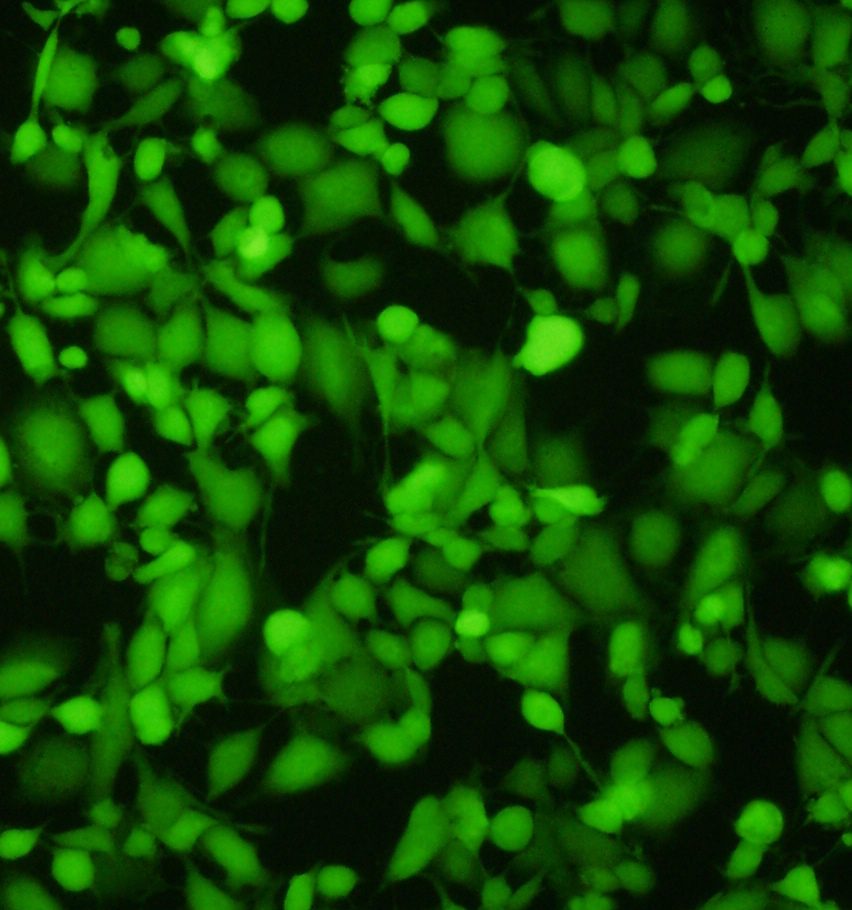 Impressive image of Calcein dye – live cells fluoresce a vibrant green – image via ABP Biosciences.
Impressive image of Calcein dye – live cells fluoresce a vibrant green – image via ABP Biosciences.
Since the Calcein dye works on live cells, we will need to reseed the scaffolds when lab-life returns to ‘normal’. This is fine as we will hopefully have enough fibroid cells by then to use for the scaffolds and also undertake fluorescent microscopy – i.e. use antibodies to reveal cell cytoskeleton details (e.g. actin filaments) and DAPI blue-fluorescent dye for nuclei.
 Image of fluorescent cells via Leica.
Image of fluorescent cells via Leica.

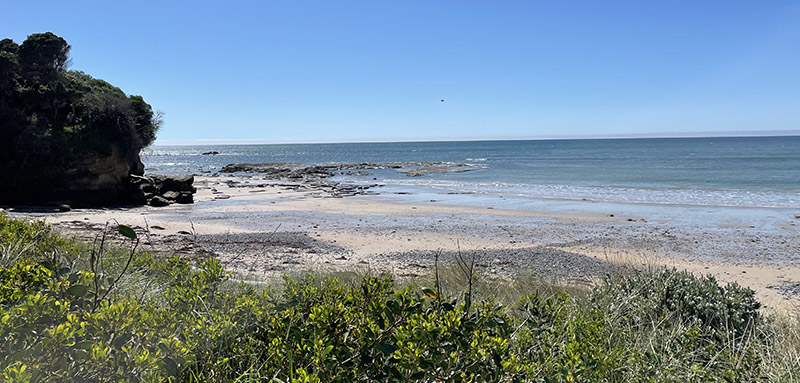
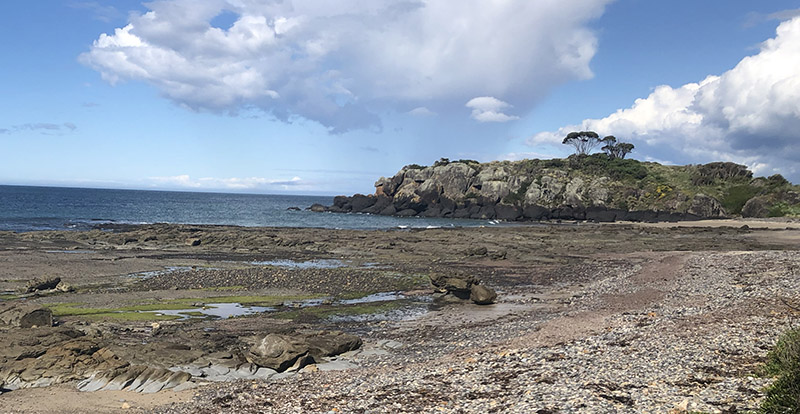
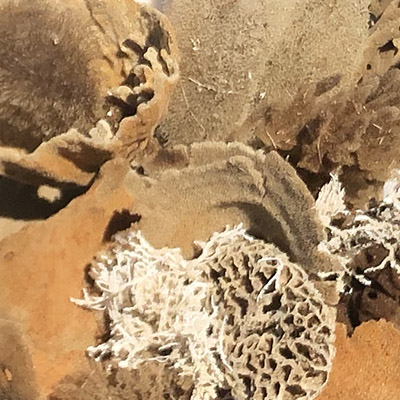
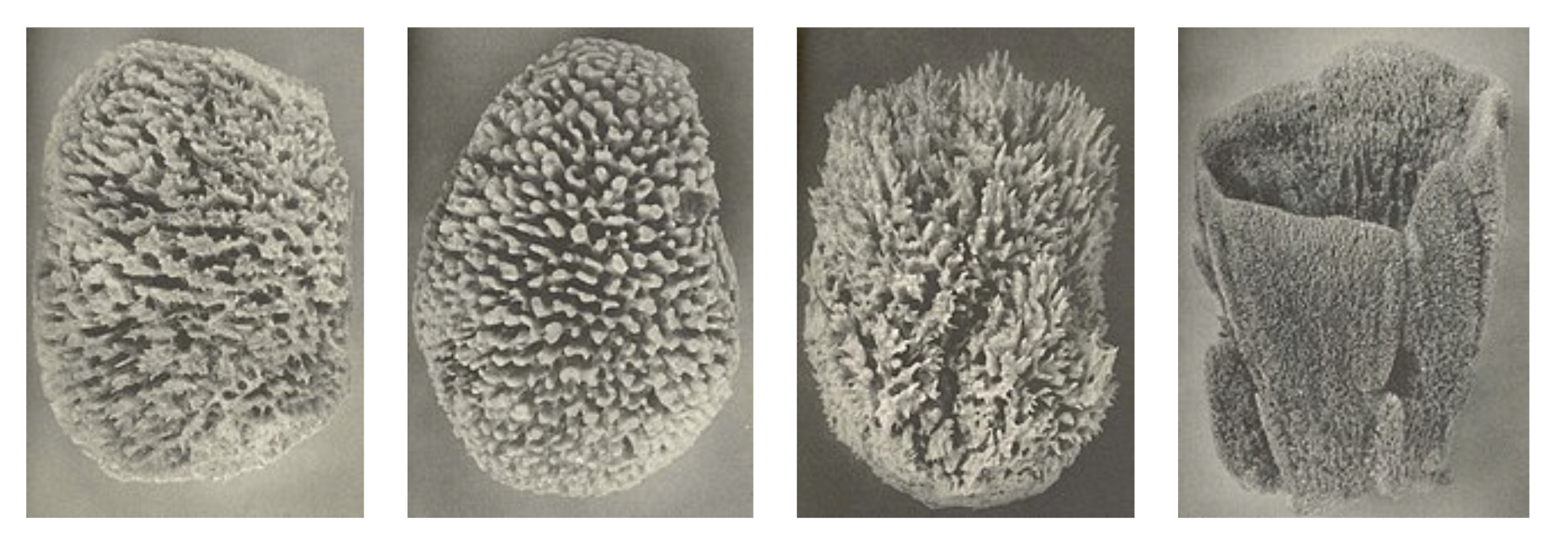 Different sponges from
Different sponges from 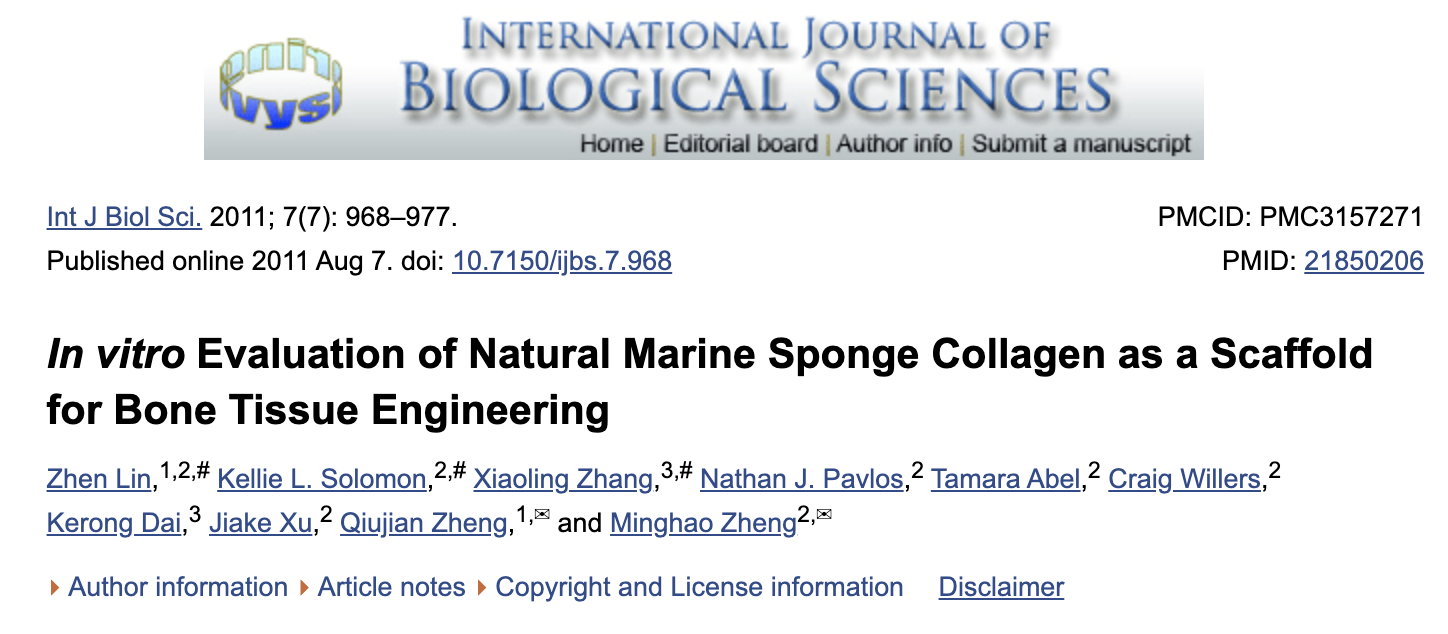
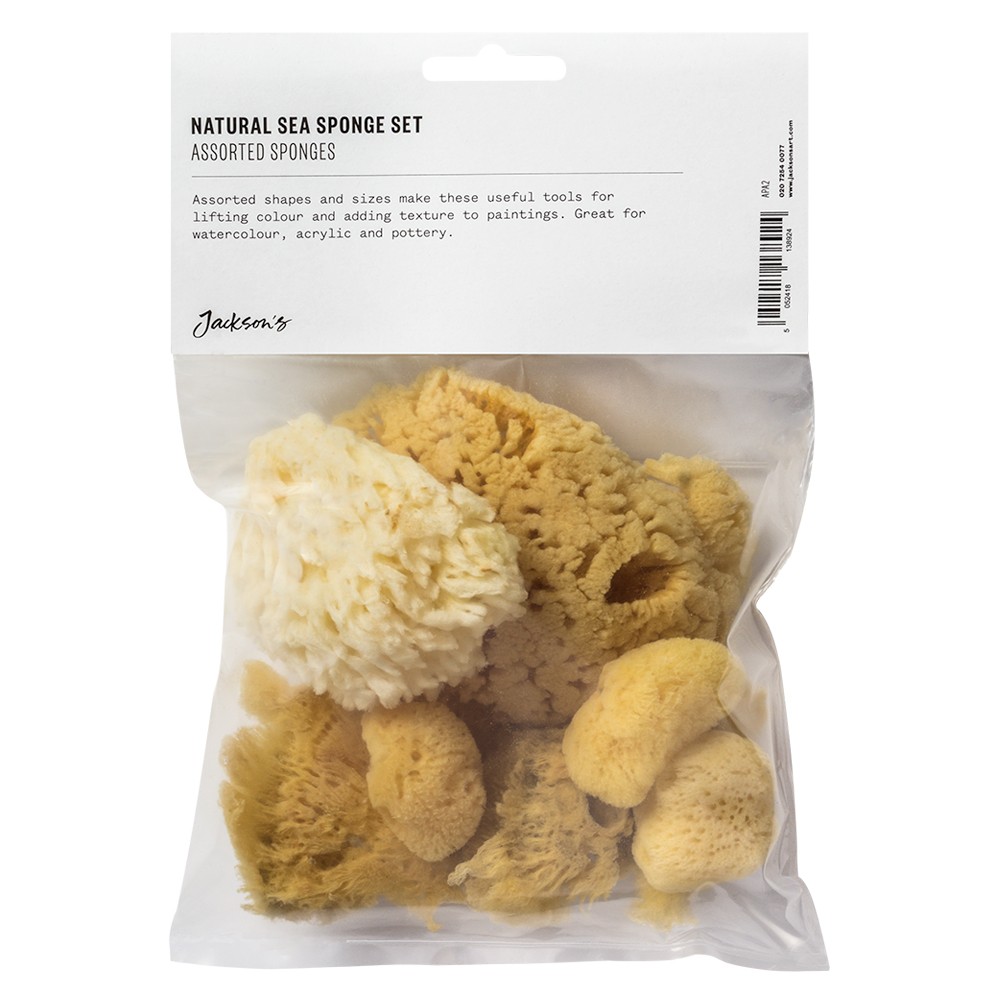

 MPCL Scaffolds – tubular structures at varying heights.
MPCL Scaffolds – tubular structures at varying heights. Scaffolds in Petri Dish – flat square structures.
Scaffolds in Petri Dish – flat square structures.  MPCL+CaP coating
MPCL+CaP coating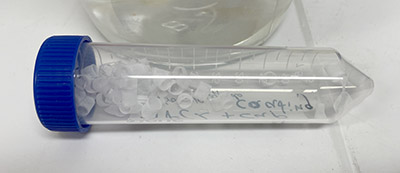 MPCL+CaP coating – tube structures.
MPCL+CaP coating – tube structures.